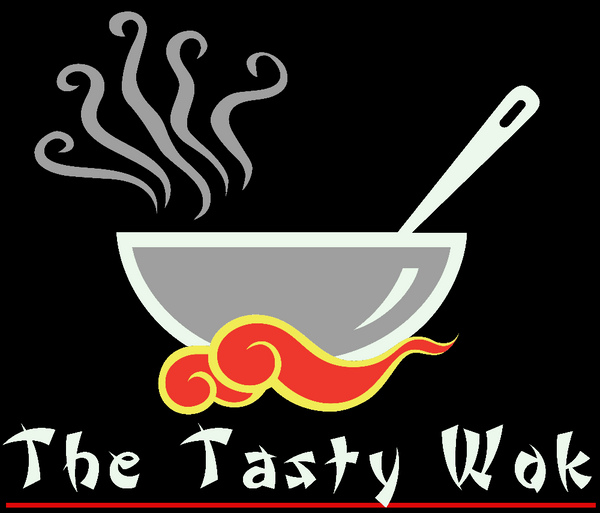MSG: A Deeper Dive
Share
MSG: Separating Fact from Fiction
MSG: Separating Fact from Fiction - A Deeper Dive

The mere mention of MSG (monosodium glutamate) often evokes strong reactions, with some people swearing it causes headaches and others defending it as a perfectly safe flavour enhancer. But what exactly is MSG, and why does it spark such heated debates?
The Science Behind the Seasoning
At its core, MSG is simply the sodium salt of glutamic acid, an amino acid that occurs naturally in many foods we eat daily. From Parmesan cheese to tomatoes, mushrooms to seaweed, glutamate is responsible for that rich, savory taste known as "umami" – the fifth basic taste alongside sweet, sour, salty, and bitter.
When Japanese scientist Kikunae Ikeda isolated MSG from seaweed in 1908, he wasn't creating something artificial. Instead, he was identifying a compound that had been enhancing Asian cuisine for centuries through ingredients like kombu (kelp). Today, MSG is produced through fermentation, similar to how we make yogurt or vinegar.
The Chemistry of Taste
On a molecular level, MSG works by interacting with specific umami taste receptors on our tongues. These receptors, known as T1R1 and T1R3, form a complex that specifically responds to glutamate. When MSG dissolves in our saliva, it separates into sodium and free glutamate ions. The glutamate binds to these receptors, triggering a cascade of neural signals that our brain interprets as the umami taste.
This process explains why MSG can make foods taste more "meaty" or "savoury" without actually adding any meat. It's particularly effective when combined with nucleotides found in ingredients like dried mushrooms or bonito flakes, creating a synergistic effect that amplifies the umami sensation.
The "Chinese Restaurant Syndrome" Myth
The controversy around MSG largely began with a 1968 letter to the New England Journal of Medicine, where a doctor described symptoms he experienced after eating Chinese food. This sparked decades of misconceptions and, unfortunately, anti-Asian sentiment. The term "Chinese Restaurant Syndrome" emerged, despite the fact that MSG was (and is) used in cuisines and processed foods worldwide.
The Science Says Safety
Numerous scientific studies have since investigated MSG's safety. The FDA considers it "generally recognised as safe" (GRAS), and research has repeatedly failed to establish a clear link between MSG and the reported symptoms. The European Food Safety Authority and World Health Organisation have reached similar conclusions.
Recent studies have even explored potential benefits of MSG. Some research suggests it could help elderly people with diminished taste sensation enjoy their food more, potentially improving nutrition in this population. Additionally, because MSG provides flavor with less sodium than table salt, it might be useful in reducing overall sodium intake while maintaining food palatability.
MSG in Modern Cooking
Today, many chefs are rediscovering MSG as a valuable tool in their culinary arsenal. It can reduce sodium content while enhancing flavour, as MSG contains about one-third less sodium than table salt. Professional kitchens use it to amplify the savory notes in stocks, stews, and sauces. Home cooks are also beginning to embrace it, particularly in plant-based cooking where it can add depth to vegetarian dishes.
Practical Applications in the Kitchen
Chefs have discovered several key ways to use MSG effectively:
1. As a flavour enhancer in broths and stocks, where it amplifies the natural savoury qualities
2. In marinades for meat and vegetables, where it can help develop deeper flavours
3. In plant-based dishes to create more satisfying, meat-like qualities
4. As part of spice blends, where it can help round out and intensify other flavours
The typical recommended amount is about 0.1% to 0.8% of the total weight of the food, or roughly 1/2 teaspoon per pound of meat or vegetables.
The Cultural Context
The MSG controversy reveals much about how cultural biases can influence our perception of food additives. While MSG has been unfairly maligned, similar flavour-enhancing ingredients like autolysed yeast extract or hydrolysed soy protein – which also contain glutamates – haven't faced the same scrutiny, despite being common in Western processed foods.
Traditional Asian cooking has long understood the power of glutamates, incorporating naturally MSG-rich ingredients like kombu, dried shiitake mushrooms, and fermented fish sauces. These ingredients were providing the benefits of MSG long before it was isolated and identified.
The Bottom Line
While some individuals may have personal sensitivities to various food additives, including MSG, the scientific consensus is clear: MSG is safe for the general population when consumed as part of a balanced diet. The persistence of anti-MSG sentiment reveals more about our cultural biases and fear of the unfamiliar than it does about the compound itself.
As we continue to explore global cuisines and seek ways to make our food both healthier and more flavourful, it's time to move past unfounded fears and appreciate MSG for what it is: a useful seasoning with a fascinating history and a rightful place in the modern kitchen. Understanding MSG – both its chemistry and its cultural significance – can help us become more informed cooks and consumers, while challenging us to examine our own biases about food and flavour.

